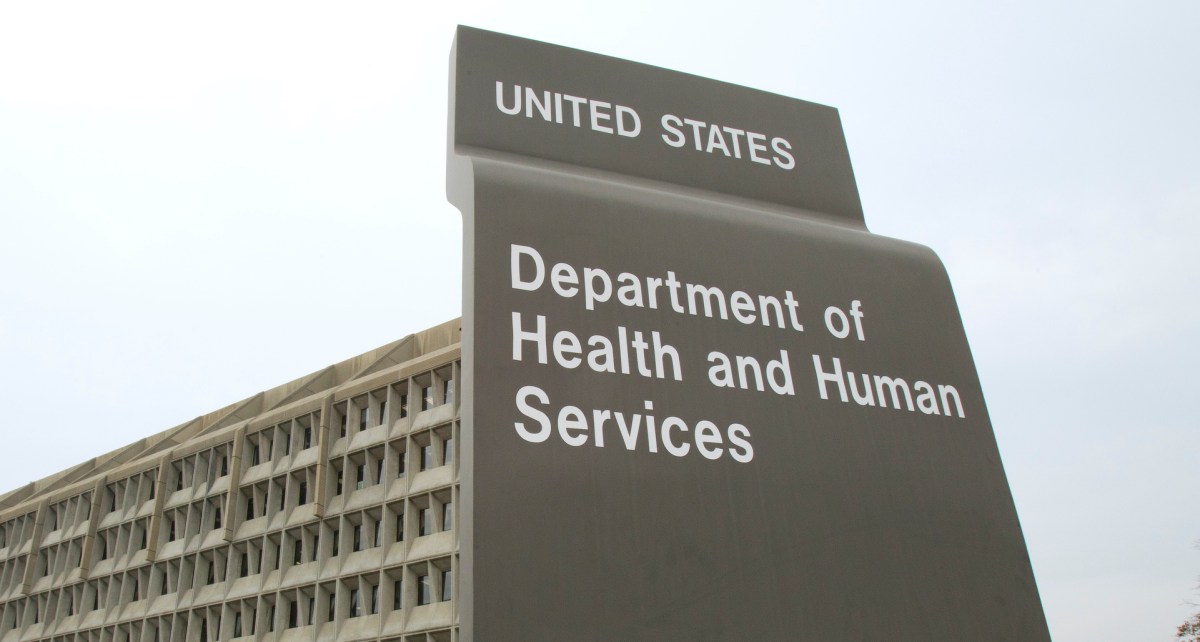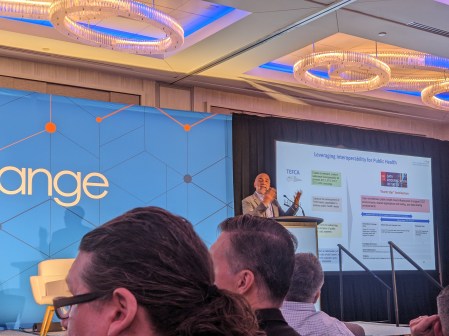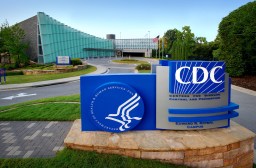HHS to issue timeline for health care data sharing guidance in coming months

The Department of Health and Human Services will publish a timeline in the coming months for the release of its long-overdue framework for the seamless sharing of electronic health information.
Dubbed the Trusted Exchange Framework and Common Agreement, or TEFCA, it aims to achieve the network interoperability that has been lacking as health care providers attempt to share clinical information for treating patients and state and local governments attempt to share public health information for monitoring disease outbreaks.
Interoperable networks are critical for sharing real-time data nationwide on disease outbreaks that could help HHS prevent the next pandemic before it starts.
The 21st Century Cures Act passed in 2016 required the creation of a common set of data standards, but only with the onset of the COVID-19 pandemic did gaps in the public health data system become readily apparent.
“By all accounts it was very, very far from meeting the mark that all of us would’ve hoped for,” said Micky Tripathi, national coordinator for health IT, during an ACT-IAC event Tuesday.
With TEFCA, the HHS Office of the National Coordinator for Health IT wants to create a more integrated environment where the federal government can not only pull data as needed on demand but also send information to state and local governments and clinical settings on the frontlines of response efforts.
The Health IT for Economic and Clinical Health (HITECH) Act of 2009 spurred $40 billion of spending over the last decade on “pretty highly functional” electronic health record (EHR) systems — with adoption among hospitals and ambulatory providers jumping from around 15% to 90%, Tripathi said.
The HHS technology executive added that the way in which private vendors connect their systems with state and local health information exchanges is one of the hardest issues needing to be addressed. According to Tripathi, it is also a key reason why a clear timeline is necessary.
“How do all of those connect up in a way that it doesn’t require people having to think about connecting to four or five different networks, which is a little bit of the challenge today,” he said.
Tripathi added also that federal agencies including the Department of Veterans Affairs and the Department of Defense can help accelerate interoperability efforts by opening up their own platforms and adopting Fast Healthcare Interoperability Resources Release 4 (FHIR R4) standards ahead of government’s December 2022 deadline.
Meanwhile, private sector providers have until October 6, 2022 to make notes, narratives, scanned images and other unstructured data part of the electronic health information they share.
ONC continues to work on TEFCA to make it appetizing to more participants, but the framework remains voluntary until timelines are released.






